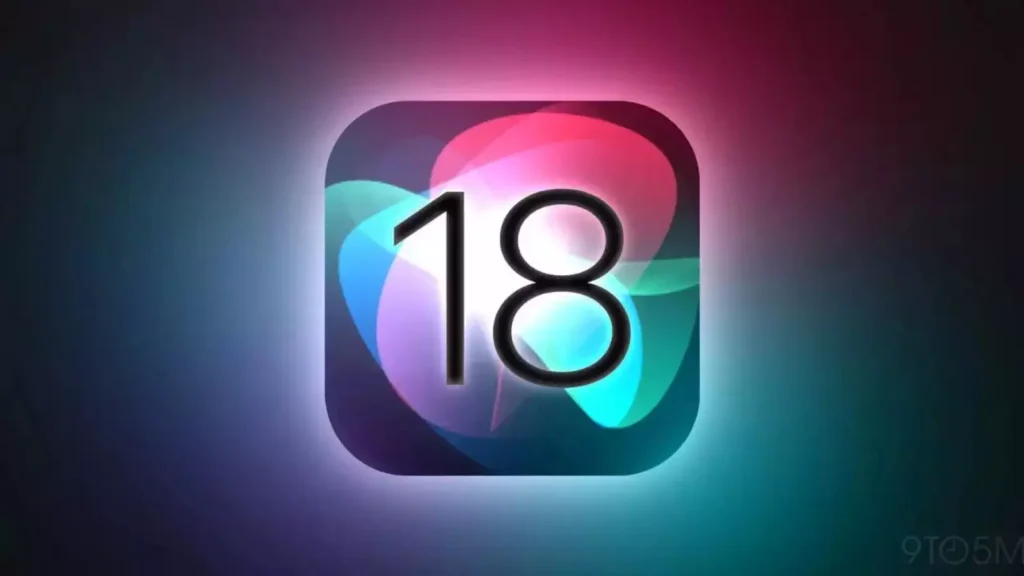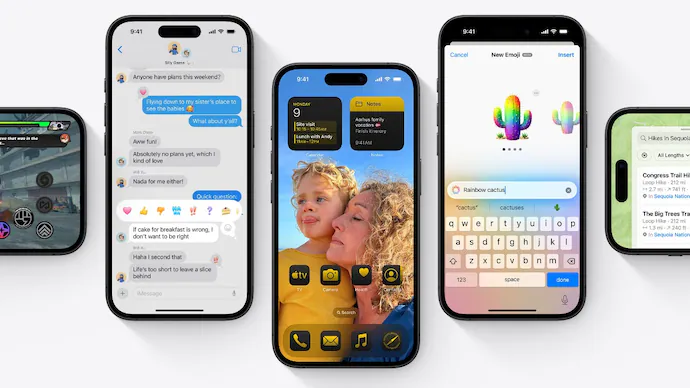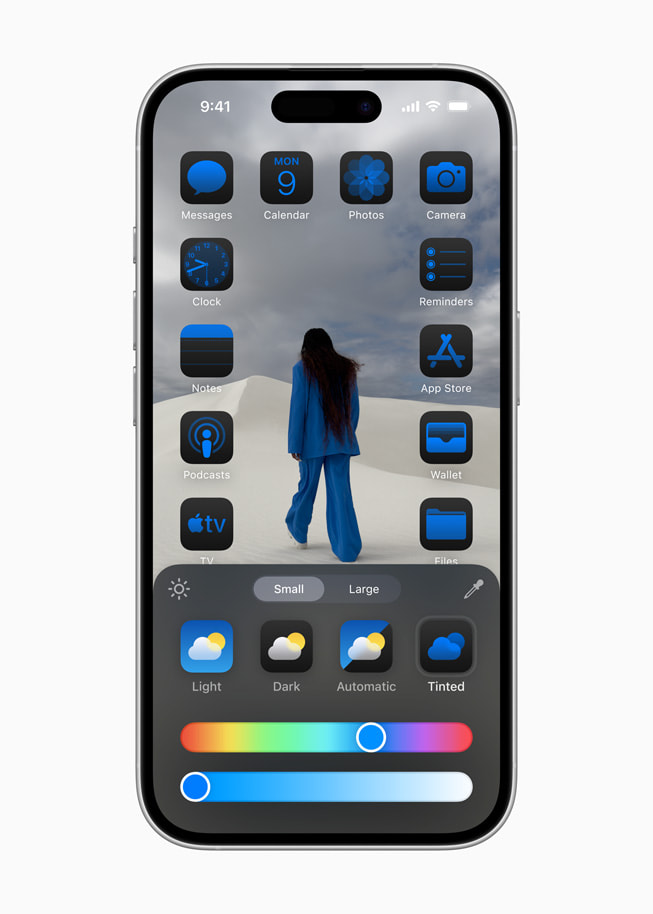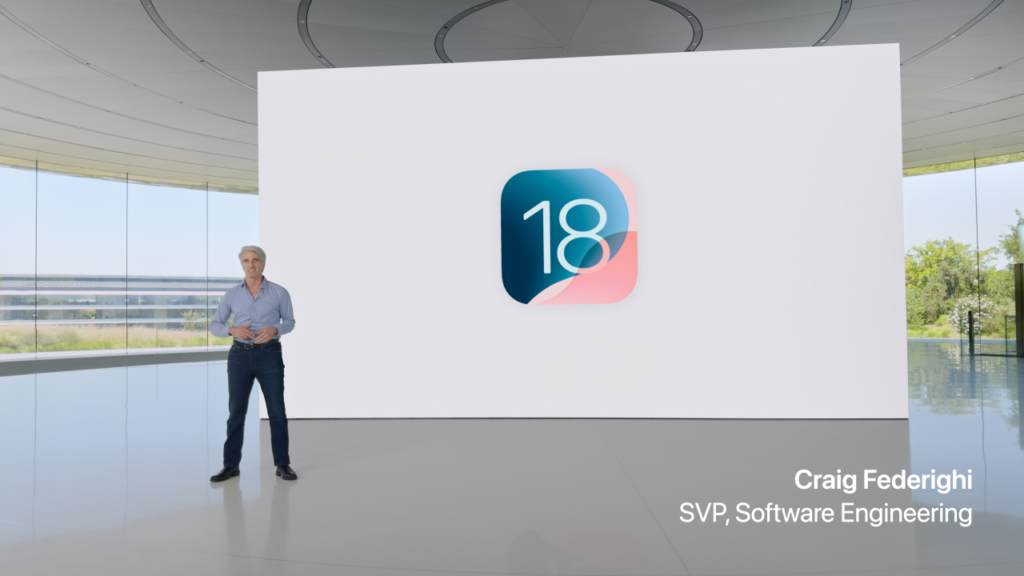
The tech world is buzzing with a shocking update regarding iOS 18. Apple has made the bold move to cut down the scene refresh rate from a smooth 120Hz to just 80Hz for the iOS 18 update. For avid users and fans of high-performance devices, this change raises eyebrows and questions. What does this mean for your beloved iPhone or iPad? Are you ready for how it may affect everything from gaming to everyday tasks? Let’s dive into what this means for the future of your device experience in the ever-evolving world of Apple’s software updates.
iOS 18 and Its Features

iOS 18 has arrived, bringing a suite of exciting features that aim to enhance user experience. The new interface is sleek and intuitive, making navigation smoother than ever before.
One standout addition is the ability to customize home screens with more widgets, allowing users to personalize their devices like never before. Enhanced privacy settings also take center stage, ensuring that your data remains secure.
Another noteworthy feature is improved integration with Apple’s ecosystem. Users can expect seamless transitions between devices, making multitasking a breeze.
Moreover, iOS 18 introduces advanced AI capabilities for Siri, promising smarter responses and better task management. With all these innovations packed into one update, it’s clear Apple aims to keep its users engaged and satisfied on every level. However, the recent refresh rate reduction casts a shadow over some of these advancements.
The Controversy Surrounding the Scene Refresh Rate Reduction

The recent decision to reduce the scene refresh rate in iOS 18 has sparked significant debate among users and tech enthusiasts. Many are expressing their discontent, feeling that this change undermines the premium experience Apple is known for.
Critics argue that dropping from 120Hz to 80Hz could lead to noticeable differences in fluidity during everyday tasks. For those accustomed to buttery smooth scrolling and quick animations, this reduction feels like a step backward.
On social media platforms, discussions abound about potential impacts on gaming performance and video playback. Gamers especially worry about lag or stuttering during intense gameplay sessions.
Some users even question Apple’s motives behind this shift. Is it purely technical? Or does it hint at a deeper strategy regarding device longevity and battery life? This controversy continues to stir emotions as fans await further clarification from Apple itself.
Reasons for the Change and Apple’s Explanation
Apple’s decision to reduce the refresh rate in iOS 18 from 120Hz to 80Hz has stirred up quite a debate. The company claims that this change is designed to improve battery life, an increasingly important factor for users on the go. By lowering the refresh rate during less intensive tasks, devices can conserve power effectively.
Additionally, Apple emphasizes optimizing performance stability across various applications. With so many apps demanding high frame rates, maintaining consistency becomes crucial. An 80Hz refresh rate may provide a smoother experience without overtaxing device resources.
Moreover, Apple’s quest for enhanced thermal management plays a role here. Reducing strain on hardware can lead to fewer overheating issues and potentially extend the lifespan of devices in everyday usage scenarios.
Impact on User Experience and Device Performance

The reduction of the refresh rate in iOS 18 from 120Hz to 80Hz will undoubtedly affect how users interact with their devices. Smooth scrolling and fluid animations may feel less responsive, altering the overall experience.
For everyday tasks like browsing or texting, some might not notice a significant difference. However, for those who appreciate high frame rates during gaming or media consumption, this change could be disappointing.
Device performance may also shift as Apple optimizes power management with this new setting. A lower refresh rate can potentially extend battery life by reducing energy consumption while maintaining essential functionality.
Gamers and creators might have to adjust their expectations regarding responsiveness and visual fidelity. As developers adapt their apps to work within these new parameters, user feedback will play a crucial role in shaping future updates.
Comparison with Competitors’ Scene Refresh Rates
When discussing refresh rates, it’s essential to look at the competition. Many Android devices have already embraced higher refresh rates, with some models pushing up to 144Hz. This offers a smoother experience that can be particularly appealing for gamers and heavy multimedia users.
Samsung’s flagship series has been notable in this respect. The Galaxy S series often features dynamic displays capable of adjusting refresh rates based on usage. This provides an efficient balance between performance and battery life.
OnePlus also stands out with its commitment to high refresh rates across its lineup. Users enjoy not only fluid scrolling but enhanced responsiveness during gaming sessions.
Apple’s shift from 120Hz down to 80Hz raises questions about how iOS18 will compete in this fast-evolving market. Speed and smoothness are key selling points, especially as consumers weigh their options against these powerful alternatives.
How this Affects Gaming and Other Activities on iOS Devices
The reduction of the refresh rate in iOS 18 raises concerns for gamers. Many titles rely on high frame rates for smooth gameplay. Dropping from 120Hz to 80Hz could lead to a less fluid experience, especially in fast-paced action games.
For casual users, this change may not be as noticeable during routine tasks like browsing or streaming videos. However, avid gamers and content creators might feel the difference. They often prioritize performance and responsiveness.
Graphics-intensive applications could also see an impact. Users who push their devices with AR experiences or demanding apps may notice lagging or stutter during critical moments.
This update creates uncertainty around how developers will optimize their games going forward. Will they adapt to the new standard? Or will players demand higher performance at any cost? Enthusiasts are left weighing their options carefully amidst these changes.
Tips for Optimizing Your iOS 18 Experience with the New Refresh Rate
To make the most of your iOS 18 experience with the new refresh rate, start by adjusting your display settings. Navigate to Settings > Display & Brightness. Here, you can toggle between different modes that may help improve performance.
Limit background app activity as well. This can be done in Settings > General > Background App Refresh. Turning this feature off for non-essential apps saves resources and optimizes your device’s responsiveness.
Consider reducing motion effects too. Go to Accessibility > Motion and enable “Reduce Motion.” This adjustment minimizes animations, which could enhance how smoothly your interface feels despite the refresh rate change.
Keep your software updated. Apple often releases patches that optimize performance. Regularly check for updates under Settings > General > Software Update to ensure you’re getting all improvements available for iOS 18’s refresh rate adjustments.
Conclusion
With the release of iOS 18, Apple has stirred quite a conversation around its decision to reduce the scene refresh rate from 120Hz to 80Hz. While this change might seem minor at first glance, it has sparked significant debate among users and tech enthusiasts alike.
The reasons behind this shift are multifaceted. Apple claims that lowering the refresh rate is part of an effort to enhance battery life and optimize device performance. However, many users wonder if sacrificing smoothness for longevity is truly worth it.
As we consider how this affects user experience, it’s clear that some tasks may feel less fluid than before. For gamers and those who rely on high-refresh-rate displays for demanding applications, this transition could pose challenges. The gaming community especially is keenly aware of how crucial higher refresh rates can be in enhancing gameplay dynamics.
Moreover, when comparing iOS devices with competitors offering higher refresh rates across their product lines, Apple’s strategy comes under scrutiny. Users often gravitate toward brands promising top-tier specs alongside premium experiences.
For those looking to adapt to these changes in iOS 18 seamlessly, there are ways to optimize your settings and maximize your enjoyment despite the new limitations on refresh rates.
Apple’s latest move highlights a pivotal moment in mobile technology offerings—balancing innovation with practical use cases while addressing consumer needs remains paramount as we navigate these updates together.
Visit the official Apple store to check out the iOS 18 update.
Visit QAWire for more tech updates.
